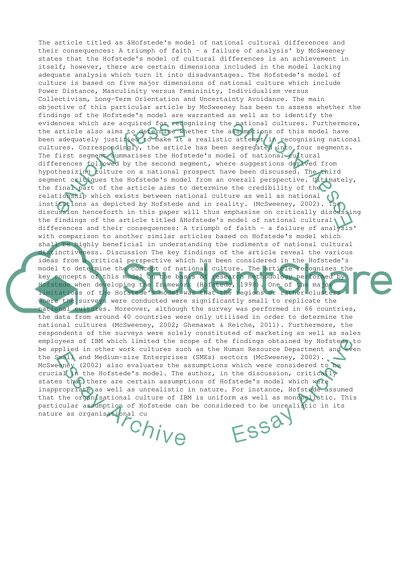Cite this document
(“Hofstedes Model of National Cultural Differences and Their Essay”, n.d.)
Retrieved from https://studentshare.org/management/1468112-hofstedes-model-of-national-cultural-differences-and-their-consequences-a-triumph-of-faith
Retrieved from https://studentshare.org/management/1468112-hofstedes-model-of-national-cultural-differences-and-their-consequences-a-triumph-of-faith
(Hofstedes Model of National Cultural Differences and Their Essay)
https://studentshare.org/management/1468112-hofstedes-model-of-national-cultural-differences-and-their-consequences-a-triumph-of-faith.
https://studentshare.org/management/1468112-hofstedes-model-of-national-cultural-differences-and-their-consequences-a-triumph-of-faith.
“Hofstedes Model of National Cultural Differences and Their Essay”, n.d. https://studentshare.org/management/1468112-hofstedes-model-of-national-cultural-differences-and-their-consequences-a-triumph-of-faith.


